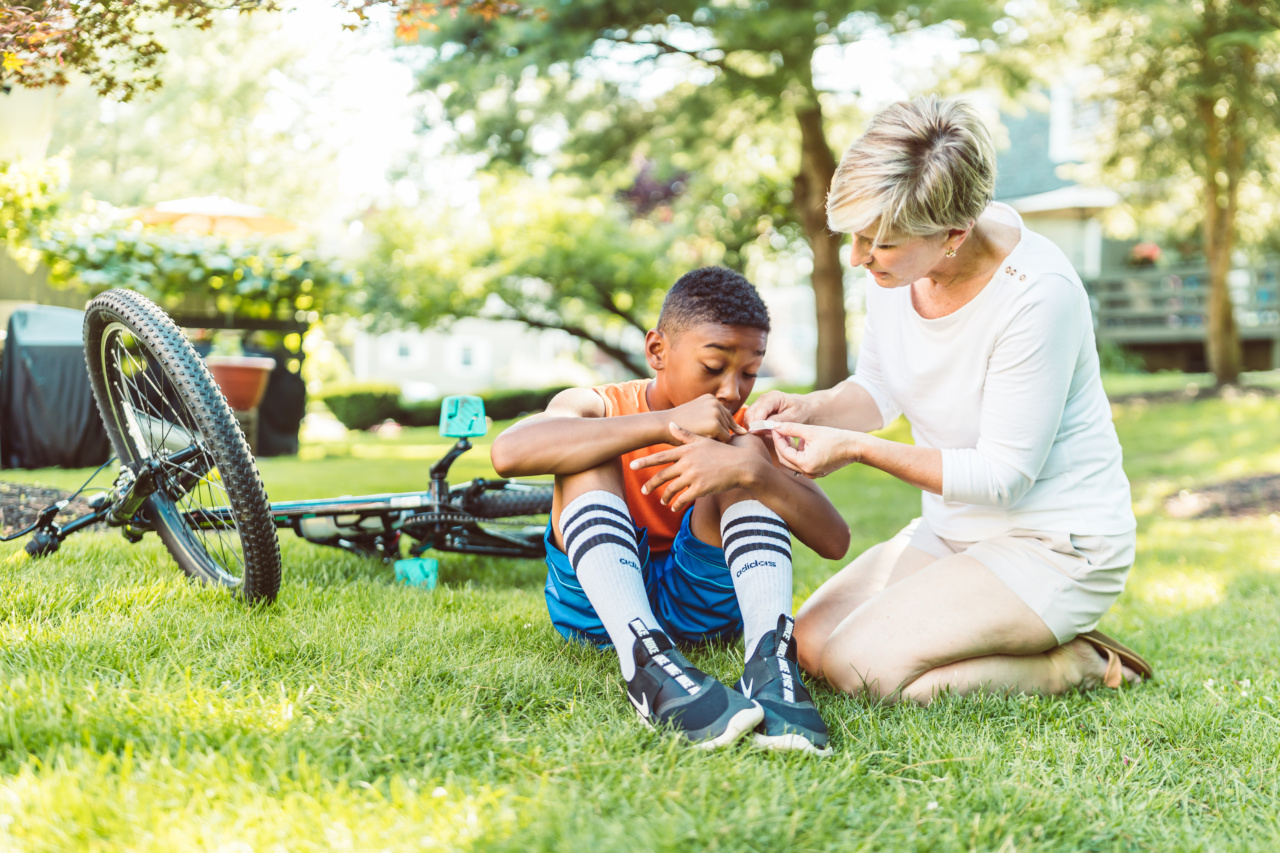Food allergies have become increasingly prevalent in recent years, and one of the most common allergies among children is a peanut allergy.
Peanut allergies can range from mild to severe, and it is essential for parents, caregivers, and educators to understand how to recognize and treat this potentially life-threatening condition. In this article, we will explore the causes, symptoms, and treatment options for peanut allergies in children.
What Causes Peanut Allergies?
A peanut allergy occurs when the immune system mistakenly identifies proteins in peanuts as harmful substances and initiates an allergic reaction.
This reaction leads to the release of chemicals, such as histamines, which cause the symptoms associated with an allergic response. The exact cause of peanut allergies is still unknown, but a combination of genetic and environmental factors is believed to play a role.
Recognizing Peanut Allergy Symptoms
The symptoms of a peanut allergy can vary from mild to severe and usually occur within minutes to a few hours after exposure to peanuts.
It is crucial to be familiar with the signs of an allergic reaction, as early recognition and prompt treatment are vital for the child’s well-being. Common symptoms of a peanut allergy include:.
- Hives or red, itchy skin
- Swelling of the lips, tongue, or face
- Difficulty breathing or shortness of breath
- Wheezing or coughing
- Stomach cramps, nausea, or vomiting
- Diarrhea
- Dizziness or lightheadedness
- Low blood pressure (in severe cases)
Diagnosing Peanut Allergies
If you suspect your child may have a peanut allergy, it is crucial to consult a healthcare professional for a proper diagnosis. The healthcare provider will typically perform a combination of tests, including:.
- Medical history evaluation: The doctor will ask about the reactions and symptoms your child experiences after consuming peanuts or peanut products.
- Skin prick test: Small amounts of peanut extract are placed on the skin, and the doctor observes for any allergic reactions, such as redness or swelling.
- Blood test: A blood sample is taken to measure the levels of certain antibodies that indicate an allergic response to peanuts.
Managing Peanut Allergies
Currently, there is no known cure for peanut allergies. The most effective way to manage the condition is through strict avoidance of peanuts and peanut-containing products. Here are some essential tips for managing peanut allergies in children:.
- Reading labels: Always read the ingredient labels carefully, as peanuts can be present in unexpected foods like sauces, baked goods, and even non-food items like craft supplies.
- Informing others: Make sure that your child’s school, caregivers, friends’ parents, and other relevant individuals are aware of the peanut allergy. Provide them with clear instructions on what to do in case of an allergic reaction.
- Preparing safe meals: Avoid cross-contamination by using separate utensils, cutting boards, and pans when preparing meals for your child. Ensure that the food is stored in airtight containers to prevent accidental exposure.
- Carrying emergency medications: Always have an epinephrine auto-injector (commonly known as an EpiPen) on hand, as it can quickly and effectively treat severe allergic reactions.
Seeking Medical Treatment
If your child accidentally consumes peanuts or experiences a severe allergic reaction, seek immediate medical attention.
The healthcare provider may administer epinephrine and other medications to alleviate the symptoms and prevent further complications. Afterward, they will provide instructions on further management and follow-up care.
Emerging Treatments and Research
Scientists and researchers are continually studying peanut allergies and developing new treatments.
One promising area of research is immunotherapy, which aims to desensitize individuals to peanut allergens by gradually exposing them to increasing amounts. Immunotherapy can be administered through oral immunotherapy (OIT), sublingual immunotherapy (SLIT), or epicutaneous immunotherapy (EPIT).
However, it is essential to consult with a healthcare provider and allergist before considering any experimental treatments.
Supporting Children with Peanut Allergies
Living with a peanut allergy can be challenging, particularly for children who may feel left out or different from their peers.
As parents, caregivers, and educators, it is crucial to provide support and create a safe environment for children with peanut allergies. Here are some ways you can help:.
- Educating others: Teach classmates, friends, and family members about peanut allergies to foster understanding and empathy.
- Encouraging open communication: Create a space where children feel comfortable discussing their allergies and any concerns they may have.
- Organizing allergy-friendly activities: Plan events or gatherings that are peanut-free, ensuring that all children can participate safely.
- Building a support network: Connect with other parents of children with peanut allergies to share experiences, resources, and tips for managing the condition.
Conclusion
Peanut allergies in children can be a source of anxiety and concern for parents and caregivers.
By understanding the causes, recognizing the symptoms, and implementing proper management strategies, we can create a safe and inclusive environment for children with peanut allergies. Remember, early detection and prompt treatment are crucial in preventing severe allergic reactions and ensuring the well-being of children with peanut allergies.































